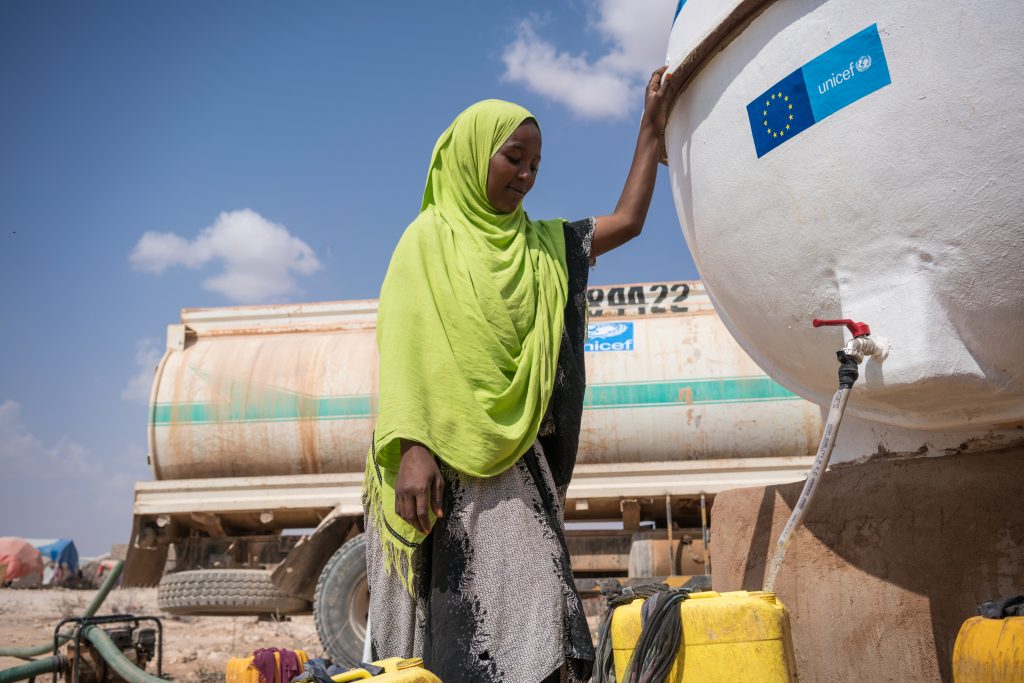In Somalia, Food Security and Nutrition Analysis Unit (FSNAU) – a multi-donor project managed by the Food and Agriculture Organization of the United Nations) and FEWS NET are working together to ensure that livelihood products, tools, and skills meet FSNAU’s and FEWS NET’s decision support needs. As a first step, FSNAU and FEWS NET with support from the Food Economy Group (FEG) finalized a revision of the livelihood zone map of Somalia in December 2014/January 2015 (Ref. the Revision of the Livelihood Zones of Somalia: The Final Consolidation – February 2015). After careful deliberations over two years, the final number of rural livelihood zones of Somalia has been reduced from 33 to 18 through a process of merging some zones and/or identifying most representative datasets and taking into consideration of overall decision support needs. Subsequently the zonal baseline spreadsheets, the Livelihood Impact Analysis Spreadsheets (LIAS) and the narrative baseline profiles were revised in the light of the new zonal map. This report offers an overview of the Household Economy Analysis methodology and a brief account of its history in the FSNAU, and then a summary analysis of the essential information from the baseline profiles taken together. This is followed by a series of livelihood profiles for each of the eighteen livelihood zones identified in Somalia.
The livelihood profiles offer an analysis of livelihoods and food security on a geographical basis. The profiles form a useful briefing for a newcomer to these areas who needs to get a grasp of food security conditions. Development planners can also benefit from using the livelihood profiles. One objective of development is to reduce people’s vulnerability to hazards and to increase their capacity to cope. An important first step is to understand who is vulnerable, to which hazards, and why. Likewise, efforts to reduce poverty require an understanding of how the poorest households normally survive in different areas and the reasons for their poverty. In addition, using a baseline livelihood profile, we can explore household capacity to adapt to economic stress, especially failed crop or livestock production; and we can appreciate household activities at different periods in the yearly cycle.



